Bison palaeosinensis
28822882
Bison palaeosinensis (Teilhard & Piveteau, 1930)
Order: Artiodactyla
Family: Bovidae
Dimensions: length - 2.6 m, height - 1.6-1.7 m, weight - 600-1000 kg
Temporal range: During the late Early Pleistocene (China)
Since the establishment of the species Bison palaeosinensis by Teilhard de Chardin and Piveteau in 1930, no new fossils have been reported in the last few decades. Recent excavations at the Shanshenmiaozui site in Nihewan Basin of North China led to the discovery of numerous Bovini fossils, including a nearly complete mandible and articulated postcranial bones. The postcranial bones are also considerably smaller and more slender than those of the later forms of bison. In Nihewan Basin, the joint occurrence of Bison palaeosinensis with Mammuthus trogontherii and Coelodonta nihowanensis marks the appearance of the early stage of the Mammuthus-Coelodonta faunal complex.
The Nihewan Basin is famous for its fluvio-lacustrine deposits containing rich mammalian fossils of Early Pleistocene age, which was first reported during 1924–1930 (Barbour, 1924, Barbour, 1925, Teilhard de Chardin, 1926, Barbour et al., 1927, Teilhard de Chardin and Piveteau, 1930). More recent study (Qiu, 2000) shows that the classical Nihewan Fauna can be correlated with the Olivola and Senèze faunas, two Late Villafranchian sites in Italy and France.
Payment
You may use multiple payment methods to buy image such as credit cards, PayPal and bank transfer.
Bison palaeosinensis (Teilhard & Piveteau, 1930)
Order: Artiodactyla
Family: Bovidae
Dimensions: length - 2.6 m, height - 1.6-1.7 m, weight - 600-1000 kg
Temporal range: During the late Early Pleistocene (China)
Since the establishment of the species Bison palaeosinensis by Teilhard de Chardin and Piveteau in 1930, no new fossils have been reported in the last few decades. Recent excavations at the Shanshenmiaozui site in Nihewan Basin of North China led to the discovery of numerous Bovini fossils, including a nearly complete mandible and articulated postcranial bones. The postcranial bones are also considerably smaller and more slender than those of the later forms of bison. In Nihewan Basin, the joint occurrence of Bison palaeosinensis with Mammuthus trogontherii and Coelodonta nihowanensis marks the appearance of the early stage of the Mammuthus-Coelodonta faunal complex.
The Nihewan Basin is famous for its fluvio-lacustrine deposits containing rich mammalian fossils of Early Pleistocene age, which was first reported during 1924–1930 (Barbour, 1924, Barbour, 1925, Teilhard de Chardin, 1926, Barbour et al., 1927, Teilhard de Chardin and Piveteau, 1930). More recent study (Qiu, 2000) shows that the classical Nihewan Fauna can be correlated with the Olivola and Senèze faunas, two Late Villafranchian sites in Italy and France.

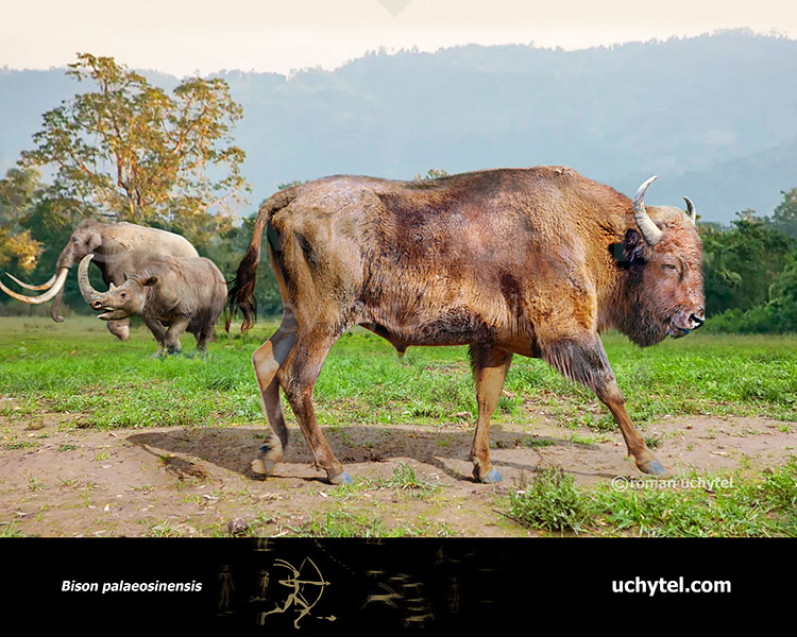
-797x638.jpg)
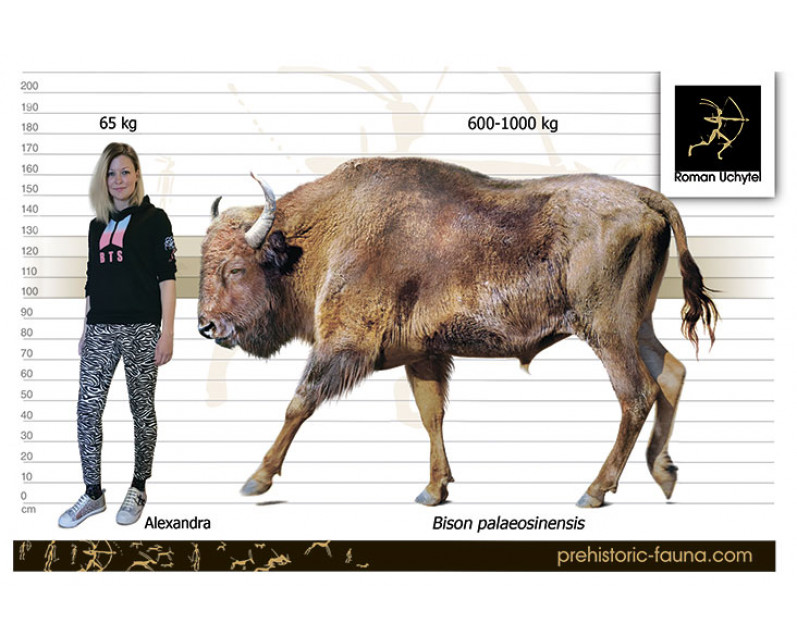

-70x56.jpg)

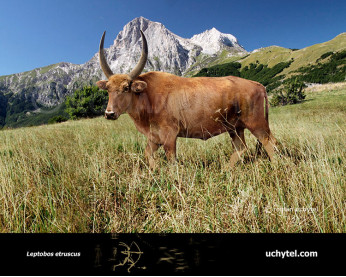
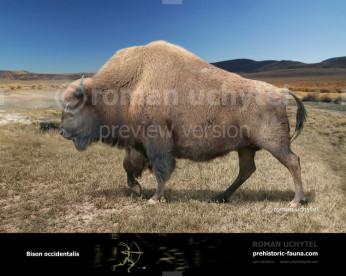
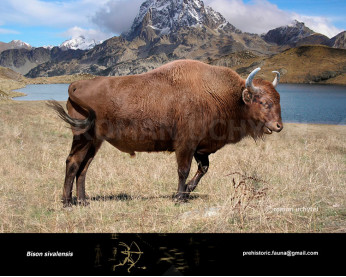
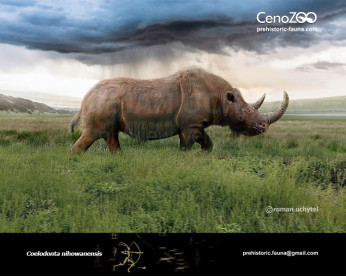
-346x277.jpg)
-georgicus-346x277.jpg)